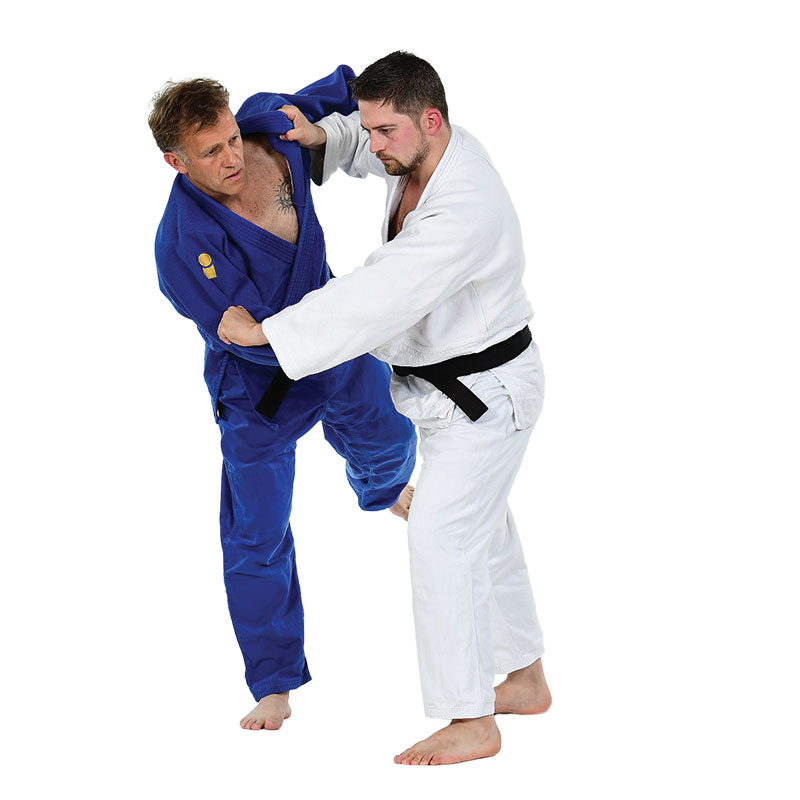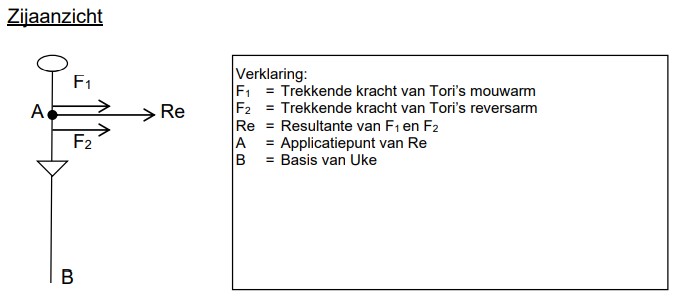Sumi-otoshi 隅落
(Corner Drop)
Classification: Te-waza (Hand Technique)
Japanese meaning: Sumi = corner, Otoshi = drop
Type: Arm throw
Technical Description
Sumi-otoshi is a subtle yet powerful judo technique that uses perfect balance-breaking and hand movement rather than force or body contact. Tori steps to the outside of uke’s right foot and applies a downward pulling motion toward uke’s right rear corner (migi-ushiro-sumi), causing uke to fall in that direction.
This throw is especially effective when uke’s weight shifts slightly backward or when uke is resisting a forward movement, allowing tori to redirect their balance toward a blind angle — the “corner.”

How to Perform
-
Kuzushi (Balance Breaking): Tori draws uke’s balance toward uke’s right rear corner using both hands — one on the lapel and one on the sleeve.
-
Tsukuri (Entry): Tori steps diagonally outside uke’s right foot, staying low and centered.
-
Kake (Execution): A circular, downward motion with the hands pulls uke off balance. No leg block is needed; uke’s momentum and shifted balance cause the fall.
Biomechanical Analysis of Sumi-otoshi
Principle: Moment
-
Re (Resultant Force): Created by the pulling of both arms (F1 and F2).
-
Moment: The force line is extended outward and downward.
-
Centrifugal Effect: The throw arcs uke off-center, using circular motion to unbalance and direct them into the fall.
Tori does not use the body as a fulcrum in this throw, but rather creates a rotational axis at a distance through skillful manipulation of uke’s posture and movement. Timing, precision, and control of uke’s center of gravity are key.

Did You Know?
Arm throws (Te-waza) have become increasingly rare in competitive judo — not because they’re ineffective, but because of rule changes.
After the 2012 Olympic Games, the International Judo Federation (IJF) implemented a ban on leg grabs during most situations in shiai (competition), which directly affected many traditional Te-waza techniques like Kata-guruma, Sukui-nage, and Te-guruma. These throws often rely on grabbing below the belt, and their disappearance has made modern judo more upright but arguably less diverse.
However, not all arm techniques require leg contact. Techniques like Uki-otoshi and Sumi-otoshi remain 100% legal and showcase the beauty of classic judo: balance-breaking, timing, and finesse over force.
“When brute force fails, the corner drop prevails.”
Sumi-otoshi is an elegant reminder that judo isn’t always about lifting or overpowering your opponent — sometimes, a perfectly timed movement is all it takes.